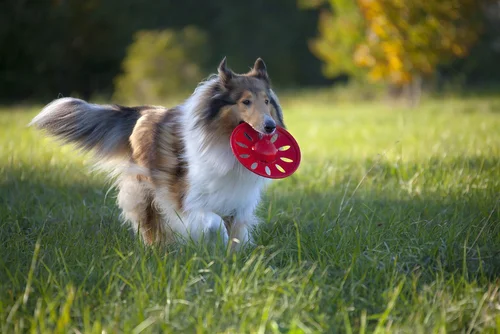Operant Conditioning: "learning" based on the consequences of responding. (Coon, 269) The basic learning process that involves changing the probability that a "response" will be repeated, by manipulating the consequences of that response. (Hockenbury, 191) An explanation of learning where the consequences of a response determine the probability of it reoccurring in the future. (Cardwell, 169)
Today operant conditioning is seen as involving the “cognitive” expectancy that a given consequence will follow a given behavior. (Hockenbury 204) It is used in a course of “behavior therapy” to modify and manipulate behavior. Oftentimes the focus is to extinguish the “maladaptive” behavior that has been acquired through learning. The rationale is: if the behavior is learned, the behavior can also be unlearned. (Bamford, 11/1/10) Also referred to as ‘Skinnerian conditioning’ and ‘instrumental conditioning.’
Latent Learning: learning that occurs in the absence of reinforcement but is not behaviorally demonstrated until a “reinforcer” becomes available. (Hockenbury, 204) An elementary form of learning that occurs without obvious reinforcement and remains unexpressed until reinforcement is provided. (Coon, 287) Refers to the fact that if an animal is allowed to wander around (for example) in a maze without being reinforced for doing so, then later on, when placed in the maze it will learn it faster than other animals with no previous experience. (Cardwell, 138)
Operant: an actively emitted (or voluntary) behavior that operates on the environment to produce consequences. (Hockenbury, 191)
Punishment: any event that follows a response and decreases its likelihood of occurring again. (Coon, 273) The presentation of a stimulus or event following a behavior, that acts to decrease the likelihood of the behavior’s being repeated. Punishment is more effective if it immediately follows a response than if it is delayed. Is also more effective if it consistently, rather than occasionally, follows a response. (Hockenbury, 194) Something can be described as a ‘punisher’ if, when it follows a response, it has the effect of reducing the probability of that event occurring again in the future. For example, if a child is scolded every time he feeds his dinner to the dog, eventually he should cease to do so. Punishment does have some unwanted side effects, including avoidance and emotional distress as well as modeling appropriate behaviors for the restraint of another’s behavior. (Cardwell, 198)
Punishment by Application: a situation in which an operant is followed by the presentation or addition of an "aversive stimulus.” The word ‘positive’ signifies that something is added or presented in the situation. For example, an employee wears jeans to work (the “operant”) and is reprimanded (the ‘punishing stimulus’) by his supervisor for dressing inappropriately. (Hockenbury, 193) Also referred to as ‘positive punishment.’
Punishment by Removal: a situation in which an operant is followed by the removal or subtraction of a reinforcing stimulus. The word ‘negative’ indicates that some stimulus is subtracted or removed from the situation. After she buys stock (the operant) in a ‘start-up’, the company fails and the investor looses all her investment (loss of ‘reinforcing stimulus.’) (Hockenbury, 194) Involves the removal of some desired state, such as not allowing a child out to play because he has been naughty. (Cardwell, 198) Also referred to as a ‘negative punishment.’
Reward: a pleasant stimulus following a particular response which increases the probability of recurrence of that response in a similar situation. (Oxford)
